Well, the Suez Canal is nothing like the Panama Canal. Both the Mediterranean and the Red Sea are at the same level, so there are no locks. Traffic through the canal is one-way: two north-bound convoys and one south-bound convoy are allowed through each day, and they usually have to pull over at certain areas (Bitter Lakes and Al Ballah) to allow the convoy going the other way to pass. Ships line up for miles waiting to form a convoy and go through; even if they have to wait for a couple of days for passage it is more economical than sailing around Africa. Cruise ships get to go to the head of the line, so it is pretty interesting to see all the different ships waiting to go through.
Once you are in the canal, there is not much to see most of the time.
Egypt effectively closed the canal for eight years after the Six Day War in 1967; now an international peace-keeping force is stationed along the canal and maintains its neutrality and the mission to allow all international ships to pass through the canal.The African side of the canal gets irrigation water from the Nile, so it is green and cultivated in a lot of places; the Asian side on the Arabian Peninsula is mostly desert, with a few small oases.
There are two bridges across the canal: a railroad bridge that swings into place to allow trains to cross and then swings to either side to allow ships to transit the canal, and a suspension bridge that is high enough to allow ships to pass under it. There are also three or four ferries across the canal; vehicles line up for miles to access these ferries, which have to dodge the canal traffic to get to the other side.
There are some ships that are too large to go through the canal. These ships often unload their cargoes onto smaller ships at one end of the canal and then load it back on to a sister ship at the other end of the canal. Silting is also a problem; dredges work constantly to keep the channel clear for shipping.
It takes between nine and fifteen hours to transit the canal. We entered it at six o'clock in the morning and sailed into the Mediterranean at about four thirty that afternoon. We had to pull over once to let the southbound ships pass in the main channel, but we cleared it pretty quickly. I have to say that the Suez Canal is much less interesting to go through than the Panama Canal because there isn’t much going on most of the time. It was more like a sea day than a port day. A good thing, really, because tomorrow is Ashdod and an excursion to Jerusalem (another tiring day, but worth it).
Transiting the Suez Canal
Tuesday, April 05, 2011
 Suez, Red Sea and Sinai, Egypt
Suez, Red Sea and Sinai, Egypt
Other Entries
-
36Sorry, we didn't go to Koror after all....
Mar 0234 days prior Koror, Palauphoto_camera4videocam 0comment 0
Koror, Palauphoto_camera4videocam 0comment 0 -
37The (unexpected) first day in Manila
Mar 0432 days prior Manila, Philippinesphoto_camera24videocam 0comment 0
Manila, Philippinesphoto_camera24videocam 0comment 0 -
38The second day in Manila (formerly the first)
Mar 0531 days prior Manila, Philippinesphoto_camera4videocam 0comment 0
Manila, Philippinesphoto_camera4videocam 0comment 0 -
39Hong Kong Special Administrative Region
Mar 0729 days prior Hong Kong, Chinaphoto_camera20videocam 0comment 1
Hong Kong, Chinaphoto_camera20videocam 0comment 1 -
40Last day in Hong Kong
Mar 0828 days prior Hong Kong, Chinaphoto_camera18videocam 0comment 0
Hong Kong, Chinaphoto_camera18videocam 0comment 0 -
41Cooking in Saigon (HoChiMinh City)
Mar 1125 days prior Phu My Vietnam, Vietnamphoto_camera28videocam 0comment 1
Phu My Vietnam, Vietnamphoto_camera28videocam 0comment 1 -
42Tea and Raffles Hotel
Mar 1323 days prior Singapore, Singaporephoto_camera22videocam 0comment 0
Singapore, Singaporephoto_camera22videocam 0comment 0 -
43Wild times at the Bird Park!
Mar 1422 days prior Singapore, Singaporephoto_camera35videocam 0comment 0
Singapore, Singaporephoto_camera35videocam 0comment 0 -
44Kochi, province of Kerala (Land of Coconuts)
Mar 1818 days prior Kochi, Indiaphoto_camera22videocam 0comment 0
Kochi, Indiaphoto_camera22videocam 0comment 0 -
45Magnificent Mumbai, Heartbeat of India
Mar 2016 days prior Mumbai, Indiaphoto_camera14videocam 0comment 1
Mumbai, Indiaphoto_camera14videocam 0comment 1 -
46Fun and games in Bombay (Mumbai)
Mar 2115 days prior Mumbai, Indiaphoto_camera15videocam 0comment 1
Mumbai, Indiaphoto_camera15videocam 0comment 1 -
47The Natural History of Sharjah
Mar 2412 days prior Dubai, United Arab Emiratesphoto_camera21videocam 0comment 0
Dubai, United Arab Emiratesphoto_camera21videocam 0comment 0 -
48Superlative Dubai
Mar 2511 days prior Dubai, United Arab Emiratesphoto_camera15videocam 0comment 0
Dubai, United Arab Emiratesphoto_camera15videocam 0comment 0 -
49Trading the Amsterdam for a Dhow
Mar 2610 days prior Muscat, Omanphoto_camera14videocam 0comment 0
Muscat, Omanphoto_camera14videocam 0comment 0 -
50Checking out Job's Tomb
Mar 279 days prior Salalah, Omanphoto_camera18videocam 0comment 0
Salalah, Omanphoto_camera18videocam 0comment 0 -
51Luxor after All!
Apr 023 days prior Safaga, Egyptphoto_camera21videocam 0comment 1
Safaga, Egyptphoto_camera21videocam 0comment 1 -
52Petra, the Rose City
Apr 032 days prior Aqaba, Jordanphoto_camera20videocam 0comment 0
Aqaba, Jordanphoto_camera20videocam 0comment 0 -
53Transiting the Suez Canal
Apr 05 Suez, Egyptphoto_camera15videocam 0comment 0
Suez, Egyptphoto_camera15videocam 0comment 0 -
54Following ancient footsteps
Apr 061 day later Ashdod, Israelphoto_camera22videocam 0comment 0
Ashdod, Israelphoto_camera22videocam 0comment 0 -
55Experiencing Ephesus
Apr 083 days later Kusadasi, Turkeyphoto_camera19videocam 0comment 1
Kusadasi, Turkeyphoto_camera19videocam 0comment 1 -
56Seeing Kusadasi
Apr 094 days later Kusadasi, Turkeyphoto_camera14videocam 0comment 0
Kusadasi, Turkeyphoto_camera14videocam 0comment 0 -
57Apr 12, 2011
Apr 127 days later Naples, Italyphoto_camera18videocam 0comment 0
Naples, Italyphoto_camera18videocam 0comment 0 -
58Apr 13, 2011
Apr 138 days later Naples, Italyphoto_camera12videocam 0comment 0
Naples, Italyphoto_camera12videocam 0comment 0 -
59Apr 14, 2011
Apr 149 days later Civitavecchia, Italyphoto_camera25videocam 0comment 0
Civitavecchia, Italyphoto_camera25videocam 0comment 0 -
60Chillin' in Cartagena
Apr 1611 days later Cartagena, Spain and Canary Islandsphoto_camera10videocam 0comment 0
Cartagena, Spain and Canary Islandsphoto_camera10videocam 0comment 0 -
61Apr 17, 2011
Apr 1712 days later Cádiz, Spain and Canary Islandsphoto_camera15videocam 0comment 0
Cádiz, Spain and Canary Islandsphoto_camera15videocam 0comment 0 -
62Apr 19, 2011
Apr 1914 days later Madeira Islands, Portugalphoto_camera13videocam 0comment 0
Madeira Islands, Portugalphoto_camera13videocam 0comment 0

 Suez, Red Sea and Sinai, Egypt
Suez, Red Sea and Sinai, Egypt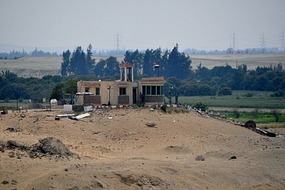
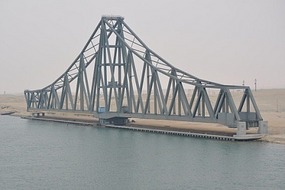
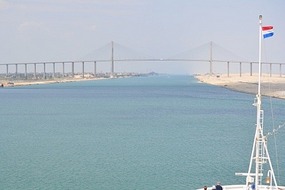
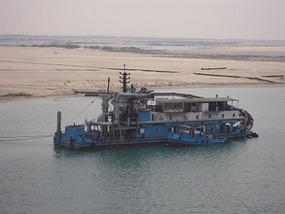















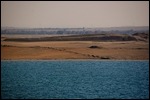

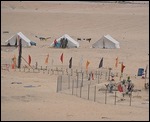

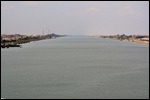
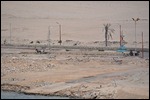
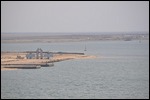
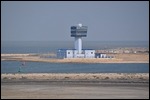

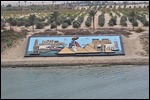
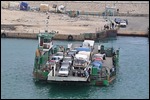
2025-05-22